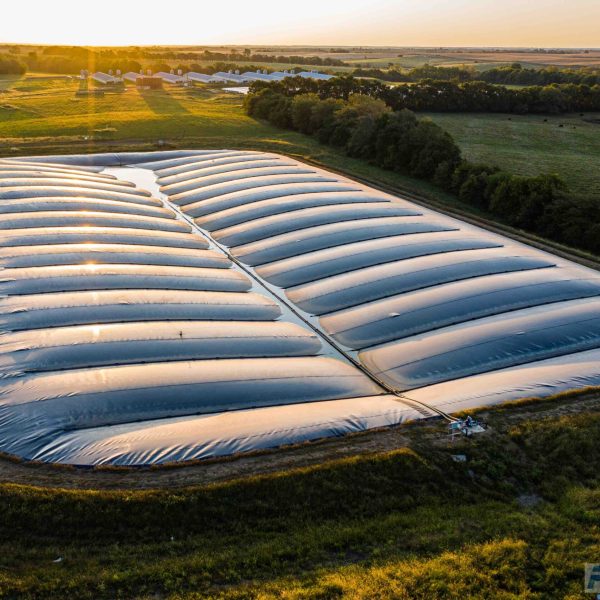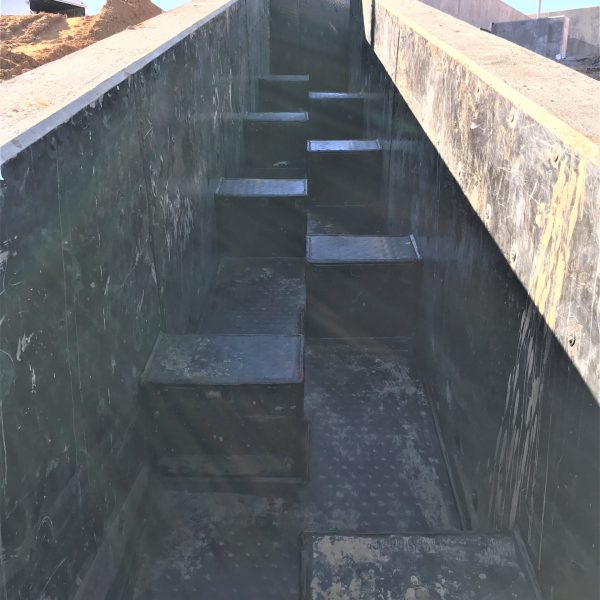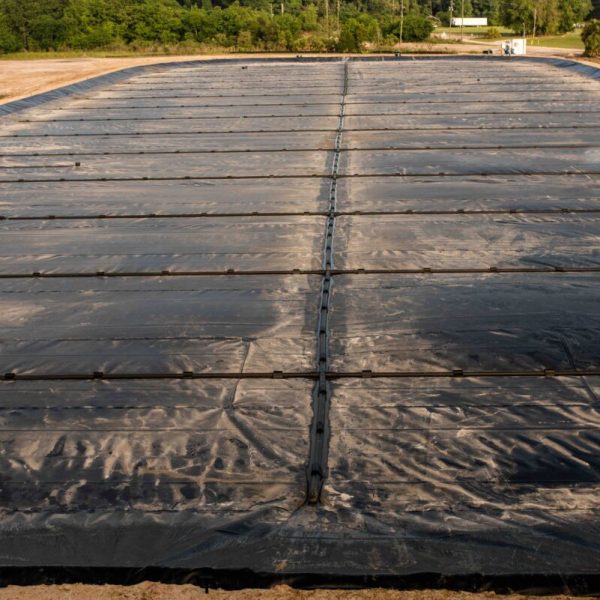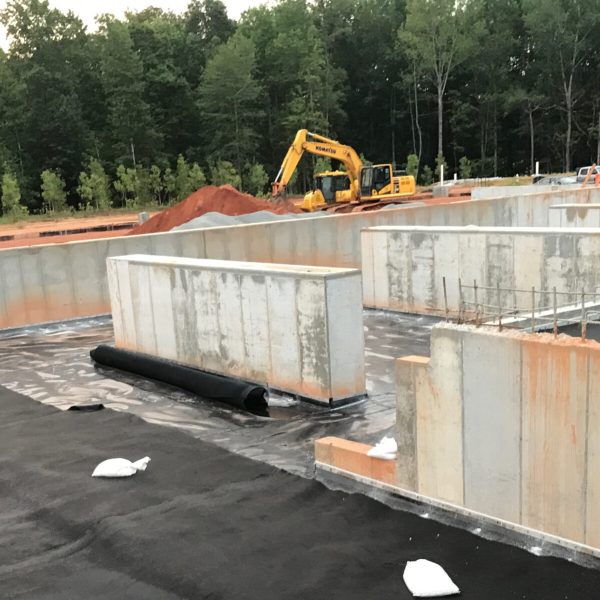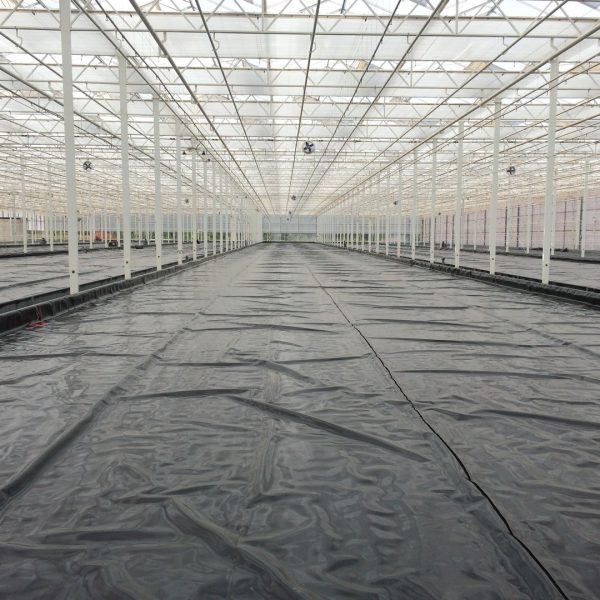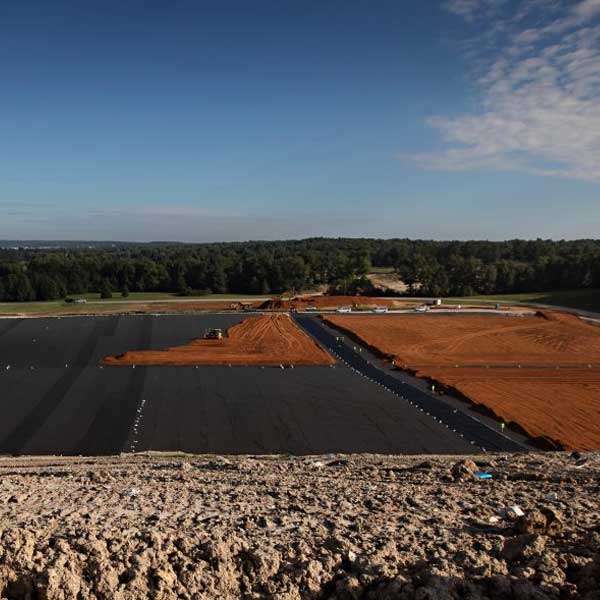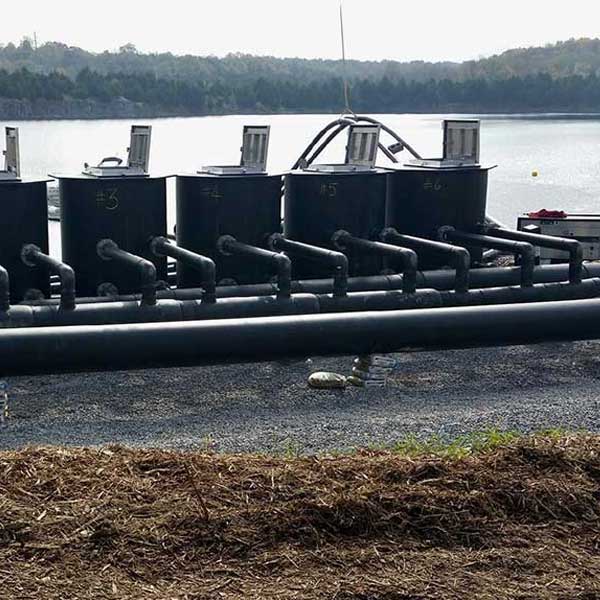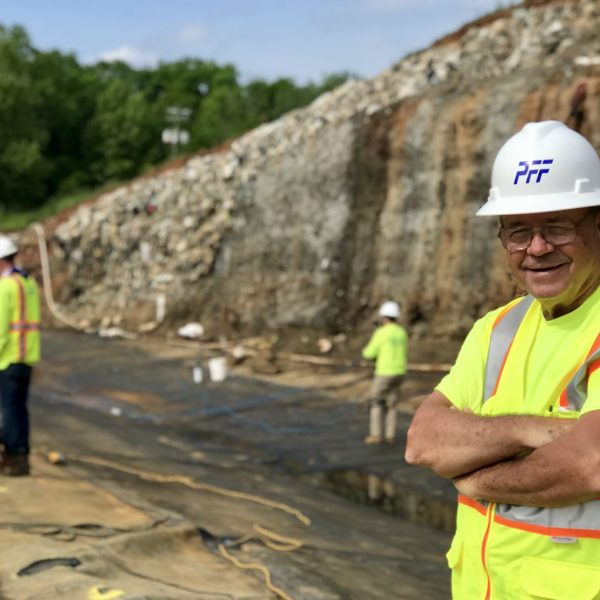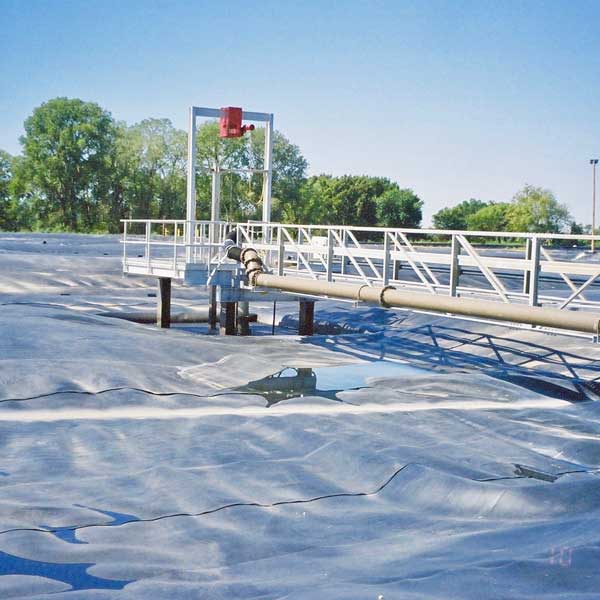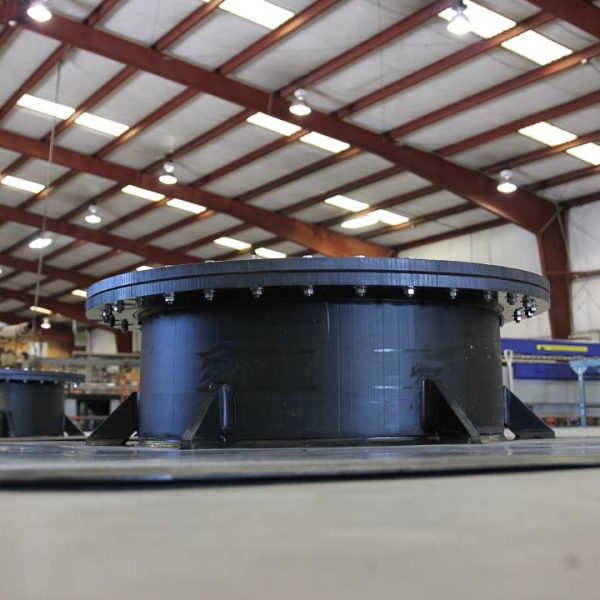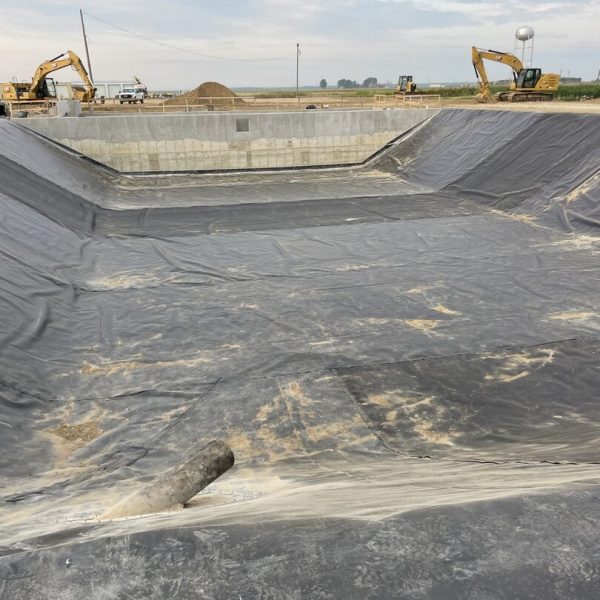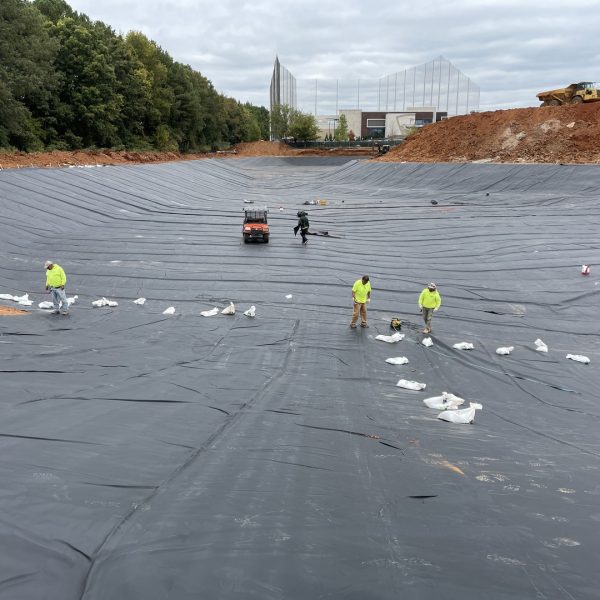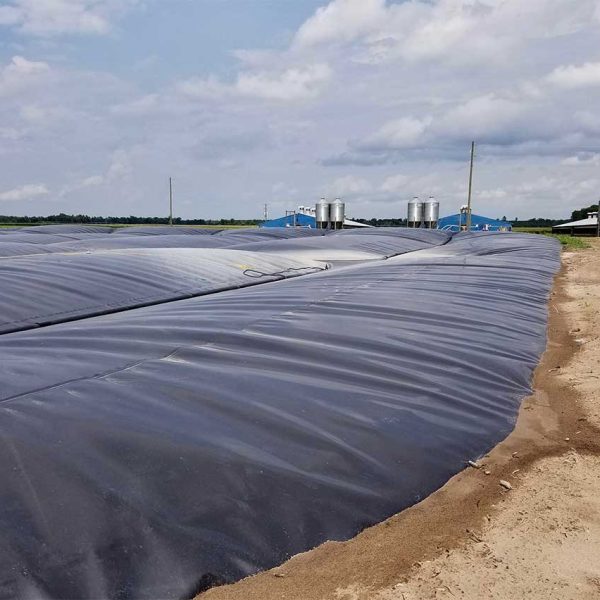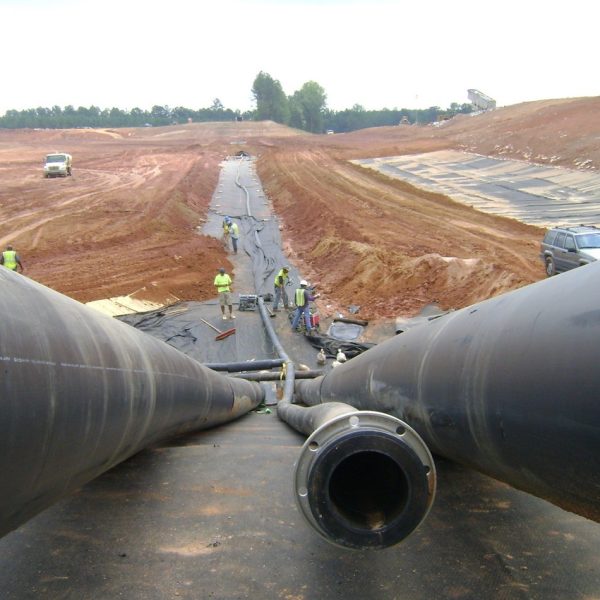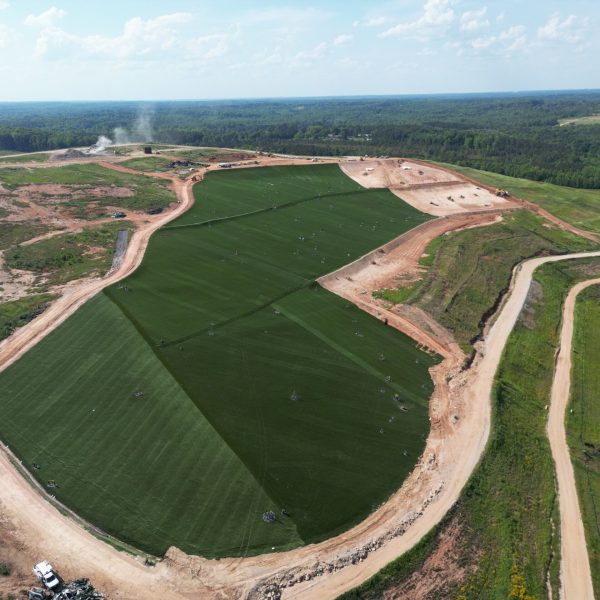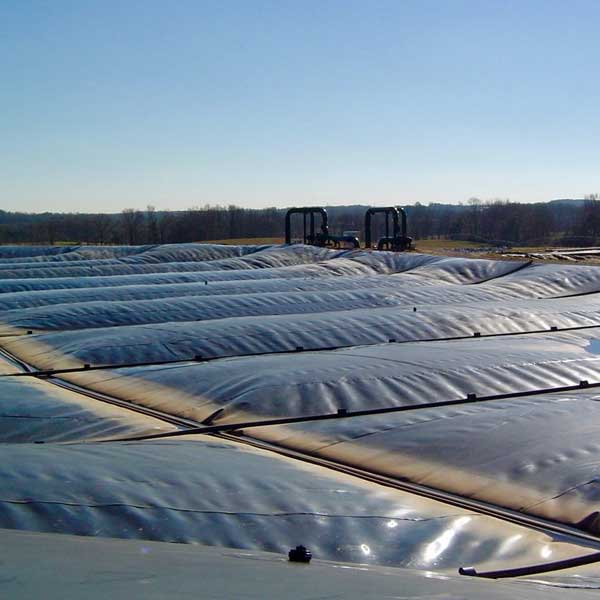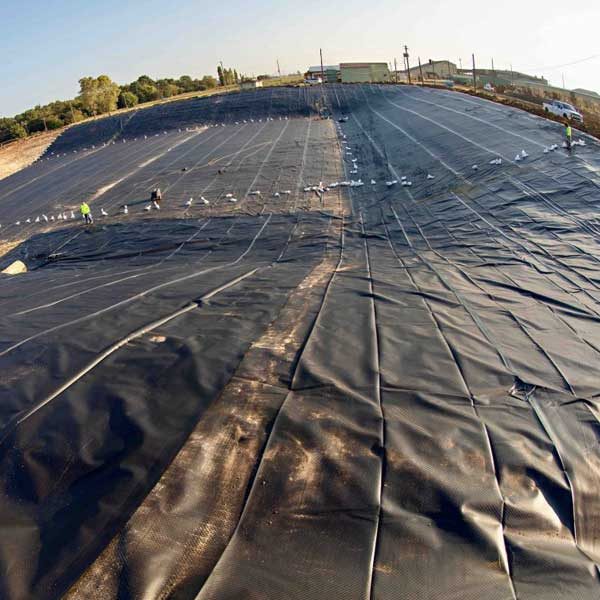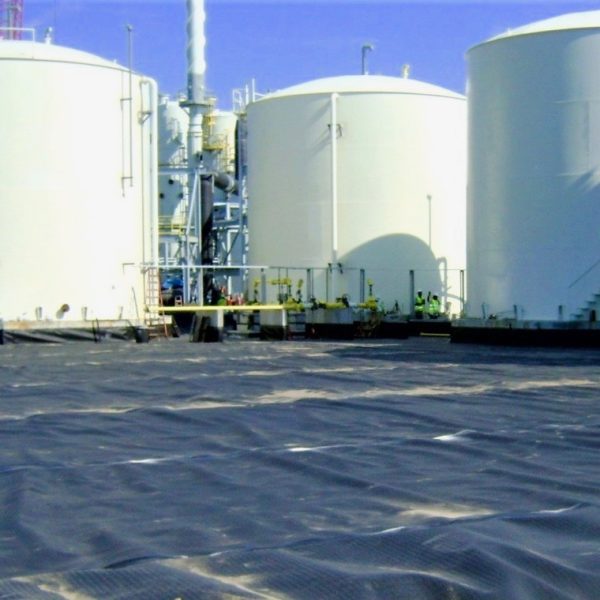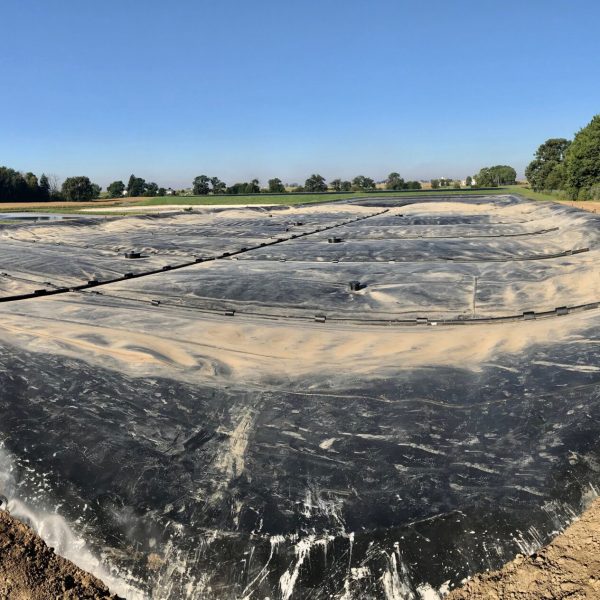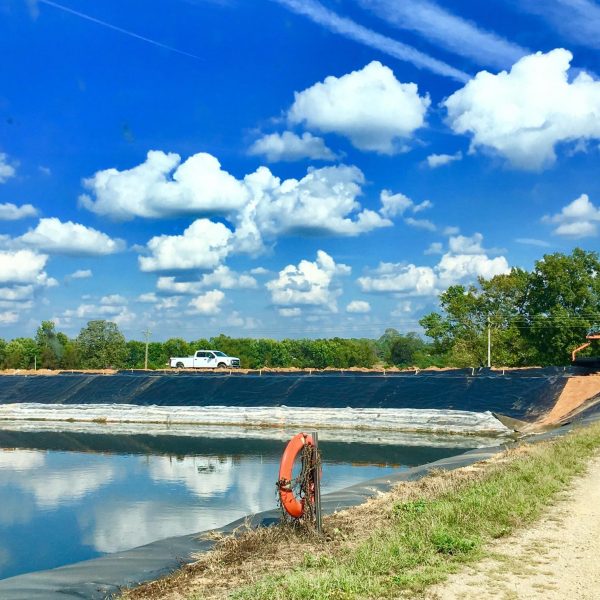Anaerobic Digester Lagoons
Plastic Fusion is the leading installer of solutions for Anaerobic Digester Lagoons used to treat waste through anaerobic digestion. We installed our first floating cover in 1991 and provide best-in-class lagoon liner and lagoon cover installation. Our lagoons have been successfully installed for municipalities, large industrial plants, and in agricultural settings. PFF has deep experience in industrial plant processes, and as a result, our covers are designed and constructed for long-term functionality.
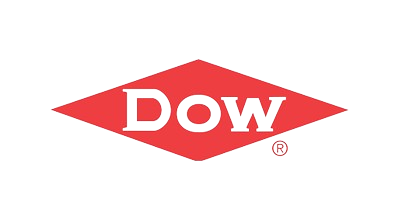
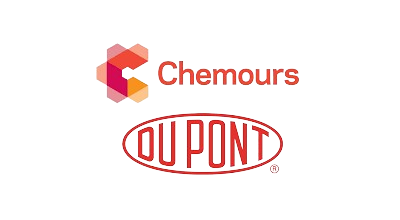




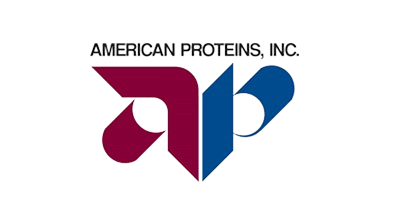
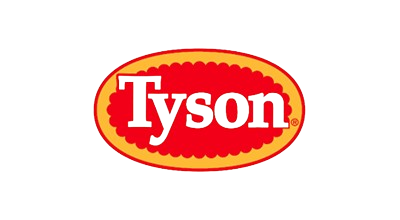


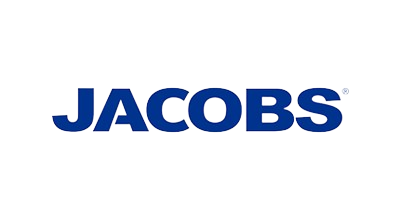
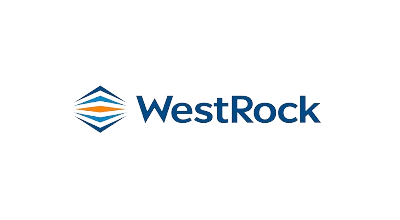
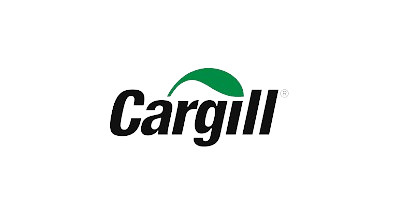

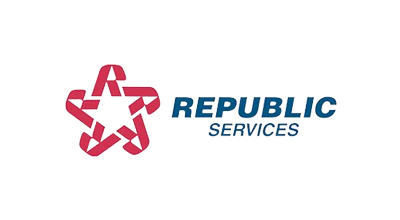


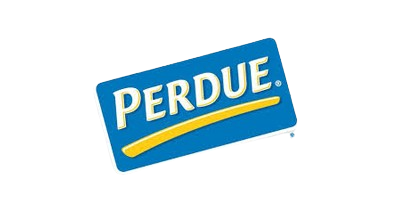
Piping Systems
Our custom fabricated piping systems meet even the toughest handling requirements. Materials offer long-term chemical resistance and environmental containment.
Concrete Protective Liners
Plastic Fusion is a leader in the installation of concrete protective liners in industrial tanks and storage facilities, wastewater treatment tanks, and chemical processing plants.
Liner Systems
Plastic Fusion has been installing geosynthetic containment systems for more than 40 years.
Anaerobic Digester Covers
We design and install HDPE cover systems for anaerobic digesters and are a pioneer in anaerobic digester lagoons for biogas collection and conversion to Renewable Natural Gas (RNG).
Anaerobic Digester Lagoons
Anaerobic digester lagoons are engineered systems used primarily in agricultural and wastewater management to treat organic waste through anaerobic digestion. These earthen basins facilitate the breakdown of organic material by microorganisms in the absence of oxygen, producing biogas—a renewable energy source composed mainly of methane. The biogas can be captured and utilized for generating electricity, heating, or as vehicle fuel, making it a cost-effective and environmentally friendly solution. Additionally, the residual digestate serves as a nutrient-rich fertilizer, enhancing soil fertility. While offering significant advantages like energy production and waste reduction, anaerobic digester lagoons must be carefully managed to control odors and optimize biogas capture, ensuring they remain sustainable and effective in waste management strategies.
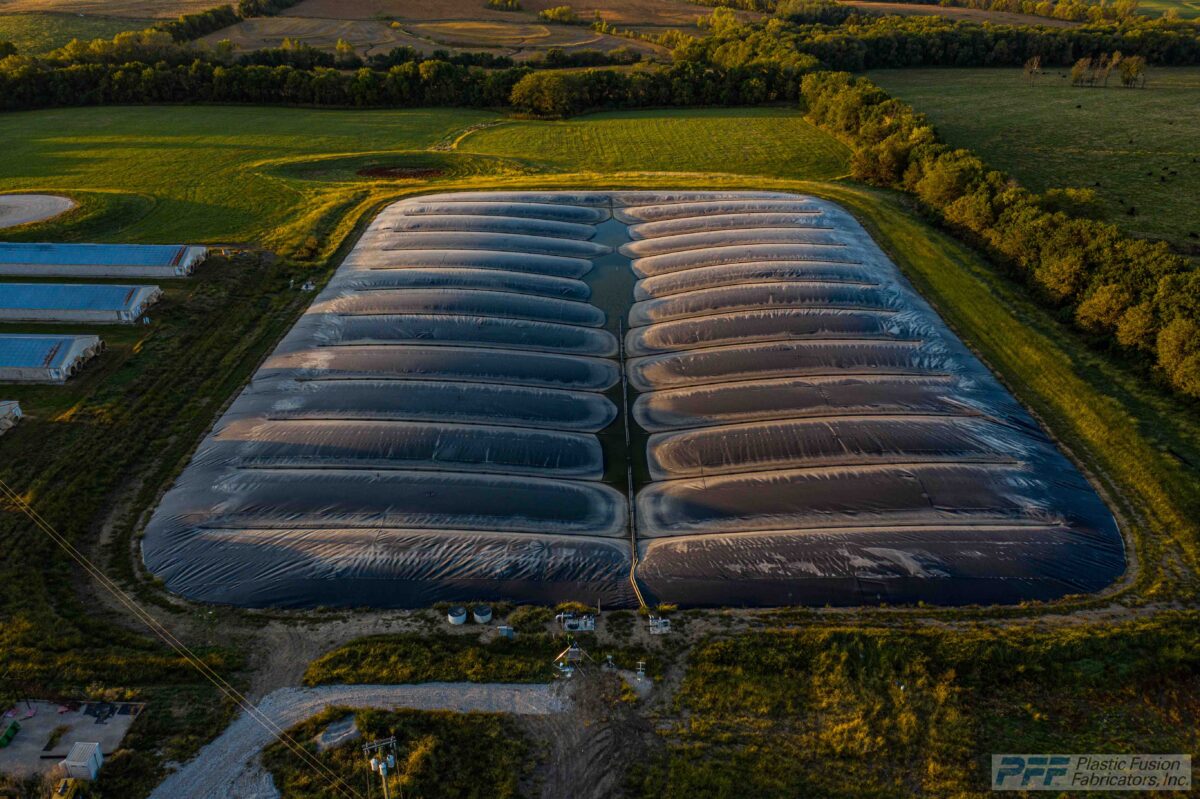
Read more
What is an Anaerobic Digester Lagoon, and How Does It Work?
An anaerobic digester lagoon is a type of waste management system that uses a natural biological process to break down organic waste in the absence of oxygen (anaerobic conditions). The lagoon is a large, lined pond where organic material is decomposed by anaerobic bacteria, resulting in the production of biogas (primarily methane and carbon dioxide) and a nutrient-rich effluent that can be used as fertilizer.What Are the Main Benefits of Using Anaerobic Digester Lagoons for Waste Management?
The main benefits of using anaerobic digester lagoons include waste reduction, renewable energy production in the form of biogas, and the generation of nutrient-rich byproducts that can be used as fertilizers. These lagoons help manage waste efficiently, reduce greenhouse gas emissions, and offer a sustainable waste-to-energy solution.What Types of Organic Waste Can Be Processed in Anaerobic Digester Lagoons?
Anaerobic digester lagoons can process various types of organic waste, including animal manure, agricultural residues, food waste, and industrial organic waste. The system is particularly effective for high-moisture organic materials that are readily broken down by bacteria under anaerobic conditions.How Do Anaerobic Digester Lagoons Contribute to Renewable Energy Production?
Anaerobic digester lagoons contribute to renewable energy production by capturing the biogas produced during the anaerobic digestion process. This biogas, which primarily consists of methane, can be used as a renewable energy source for electricity generation, heating, or even as vehicle fuel after purification.What Are the Key Differences Between Anaerobic Digester Lagoons and Traditional Anaerobic Digesters?
The key differences between anaerobic digester lagoons and traditional anaerobic digesters include their design, scale, and operation. Lagoons are larger, open-air systems that are typically used for handling large volumes of dilute organic waste. In contrast, traditional anaerobic digesters are closed, engineered vessels designed for more controlled and faster digestion processes, often handling more concentrated organic materials.What Are the Key Components of an Anaerobic Digester Lagoon System?
The key components of an anaerobic digester lagoon system include a lined lagoon basin, an impermeable cover to capture biogas, inlet and outlet pipes for waste and effluent management, and biogas collection and utilization systems. The lagoon must be properly lined to prevent seepage and ensure environmental safety.What Are the Primary Considerations for Designing an Anaerobic Digester Lagoon?
Primary considerations for designing an anaerobic digester lagoon include the volume and type of waste to be processed, site-specific environmental conditions, local regulations, and biogas utilization plans. It is also crucial to ensure the lagoon is properly lined and covered to prevent leaks and maximize biogas capture.How Does the Size and Shape of a Lagoon Affect Its Efficiency and Performance?
The size and shape of a lagoon directly impact its efficiency and performance. Larger lagoons can handle more waste and have longer retention times, improving digestion efficiency. The shape of the lagoon affects the mixing and distribution of bacteria throughout the waste material, influencing overall performance and biogas production.What Materials Are Best Suited for Lining Anaerobic Digester Lagoons, and Why?
High-density polyethylene (HDPE) and other geomembranes are best suited for lining anaerobic digester lagoons because they are highly resistant to chemical degradation, impervious to liquids, and durable under harsh environmental conditions. These materials prevent leaks and ensure the lagoon’s integrity over time.What Are the Typical Steps Involved in Installing an Anaerobic Digester Lagoon?
The typical steps involved in installing an anaerobic digester lagoon include site preparation, excavation of the lagoon basin, liner installation, construction of inlet and outlet systems, placement of the biogas cover, and installation of gas collection and utilization systems. Proper planning and quality control during installation are essential to ensure long-term performance and compliance with regulations.How Does Plastic Fusion Ensure the Durability and Longevity of Its Anaerobic Digester Lagoons?
Plastic Fusion ensures the durability and longevity of its anaerobic digester lagoons through high-quality materials, expert installation practices, and rigorous quality control measures. We use advanced geomembranes and sealing techniques to prevent leaks and maximize biogas capture, and we offer ongoing maintenance support to ensure optimal operation.What Innovations Does Plastic Fusion Bring to the Installation of Anaerobic Digester Lagoons?
Plastic Fusion brings several innovations to installing anaerobic digester lagoons, including custom-designed lagoon covers for maximum biogas capture, advanced liner technology to prevent seepage and extend lagoon life, and state-of-the-art monitoring systems to optimize lagoon performance. Our expertise in tailored solutions ensures that each installation meets specific client needs and regulatory requirements.What Regular Maintenance Is Required for Anaerobic Digester Lagoons to Operate Efficiently?
Regular maintenance for anaerobic digester lagoons includes monitoring biogas production, inspecting the integrity of the liner and cover, managing sludge levels, and ensuring proper operation of inlet and outlet systems. Regular maintenance checks help prevent leaks, optimize biogas production, and extend the lagoon’s operational life.What Are the Common Challenges in Operating Anaerobic Digester Lagoons, and How Can They Be Mitigated?
Common challenges in operating anaerobic digester lagoons include managing fluctuating waste input, controlling odors, preventing leaks, and optimizing biogas production. These challenges can be mitigated through proper lagoon design, regular maintenance, effective monitoring systems, and adaptive management strategies.How Can Operators Monitor the Performance of Anaerobic Digester Lagoons?
Operators can monitor the performance of anaerobic digester lagoons by tracking key metrics such as biogas production rates, effluent quality, sludge levels, and liner integrity. Advanced monitoring systems can provide real-time data, helping operators adjust conditions for optimal digestion and biogas output.What Is the Environmental Impact of Using Anaerobic Digester Lagoons for Waste Management?
Anaerobic digester lagoons have a positive environmental impact by reducing the volume of waste sent to landfills, lowering greenhouse gas emissions through controlled digestion, and producing renewable energy. The nutrient-rich effluent can also be used as fertilizer, reducing the need for chemical fertilizers and enhancing soil health.How Do Anaerobic Digester Lagoons Help Reduce Greenhouse Gas Emissions?
Anaerobic digester lagoons help reduce greenhouse gas emissions by capturing methane—a potent greenhouse gas—produced during the anaerobic digestion. Instead of releasing methane into the atmosphere, the biogas is captured and can be used as a renewable energy source, reducing reliance on fossil fuels.Why Is Industrial Digester Repair Important?
Industrial digester repair is crucial for maintaining the efficiency and functionality of anaerobic digestion systems. Regular repair and maintenance prevent breakdowns, improve biogas production, and ensure that the digester effectively treats wastewater or organic waste.What Are the Key Features of a Covered Lagoon Digester?
A covered lagoon digester features a protective cover that traps biogas generated during the anaerobic digestion. This setup improves gas collection, reduces odors, and minimizes the impact of weather conditions on the lagoon’s performance.How Are Anaerobic Lagoons Used in Wastewater Treatment?
Anaerobic lagoons are commonly used in wastewater treatment to break down organic matter, reduce pollutants, and produce biogas. They are effective in treating wastewater from agricultural, industrial, and municipal sources, offering a cost-efficient solution.What Is the Role of a Digester in Wastewater Treatment?
A digester in wastewater treatment plays a vital role in breaking down organic matter using microbial activity. This process reduces the volume of waste and generates biogas, which can be used as a renewable energy source.What Is a Plastic Biogas Digester?
A plastic biogas digester is an anaerobic digester made from durable plastic materials. It is designed to handle organic waste, convert it into biogas, and is often used in small-scale or decentralized energy projects for households or farms.Why Is Industrial Digester Maintenance Necessary?
Industrial digester maintenance is essential for optimizing the digestion system’s performance and lifespan. Regular maintenance helps prevent clogging, ensures the consistent breakdown of organic materials, and maximizes biogas production.How Does a Lagoon Biogas System Work?
A lagoon biogas system captures biogas generated from the anaerobic decomposition of organic matter in lagoons. The biogas is collected under a cover and can be processed into renewable energy, providing a sustainable solution for waste management.What Is a Methane Digester?
A methane digester is a system that breaks down organic materials, such as animal manure, food waste, and agricultural byproducts, in an oxygen-free environment (anaerobic digestion) to produce biogas, primarily methane. The methane generated can be captured and used as a renewable energy source, providing an environmentally friendly way to manage waste and produce energy.How Does a Methane Digester Work?
Methane digesters operate by creating anaerobic conditions in which microorganisms decompose organic matter. This process occurs in a sealed tank or lagoon, where bacteria break down organic materials. Biogas, which consists primarily of methane and carbon dioxide, and a nutrient-rich residue that can be used as fertilizer, are byproducts of this process.Where Are Methane Digesters Used?
Methane digesters are commonly used in:- Agriculture: Farmers use digesters to manage animal manure and crop waste, converting them into energy biogas and fertilizer for fields.
- Wastewater Treatment Plants: Digesters process sewage sludge and generate biogas, which can be used to power the facility or sold as energy.
- Food Processing Industries: Food waste from processing plants can be treated in methane digesters to reduce waste and produce renewable energy.

